10 Most Powerful Use Cases for Cryptocurrency and Blockchain Projects
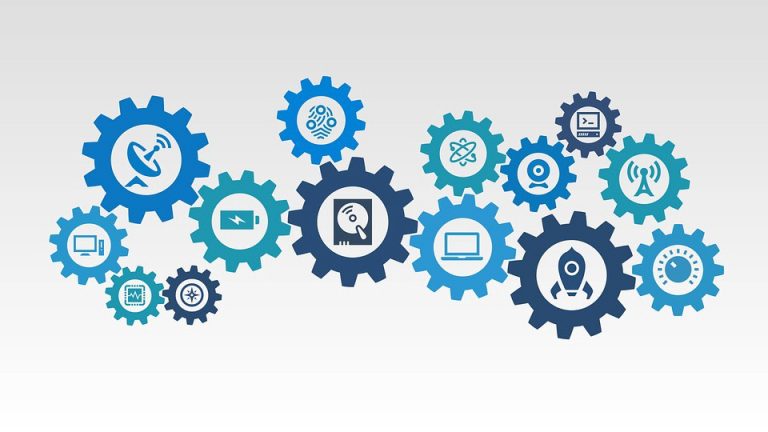
Image by Blockchain at Berkeley
Ever since cryptocurrency and blockchain gained popularity, members of the community enthusiastically believe that the two will be the face of the next Industrial Revolution.Truly, crypto and blockchain opened up new possibilities that allow a more democratic, publicly controlled ideal society where no single entity has absolute power and discretion over what happens to humanity.But what can blockchain and crypto actually offer us? Here are ten important use cases of cryptocurrency and blockchain that will set the trend for the next technological boom.1 – Cheap and Fast Remittance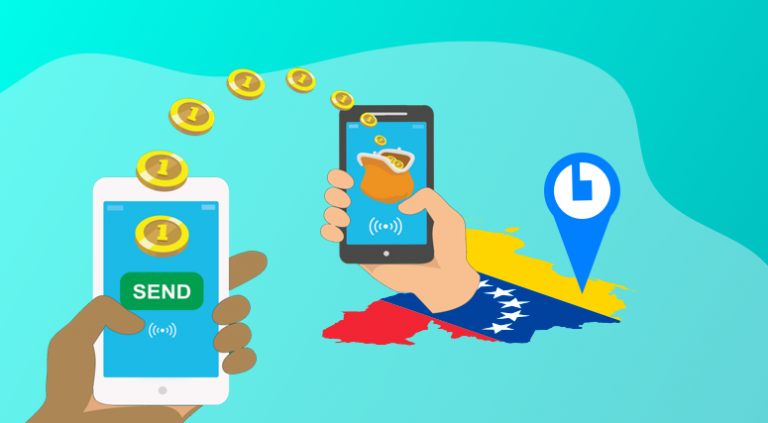
Image by CoinCola
The first and best-known application of cryptocurrency is to a publicly maintained peer-to-peer cash remittance network. Nano, Digibyte, and Litecoin are known for sending big amounts of money for barely any amount of fees.Traditional third-party remittance providers would’ve charged more for bigger amounts and taken more days and required more investigation, especially if the transaction is cross-border.2 – Private Transactions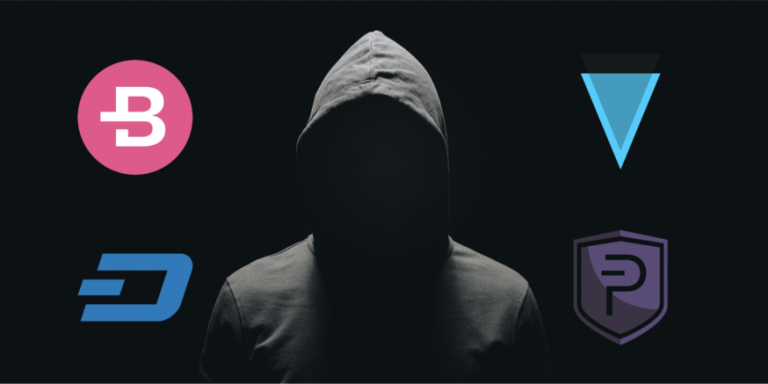
Image by CoinCentral
Traditional financial institutions are generally skeptical towards privacy coins because of their potential to be favorite money-laundering tools by criminals. However, after the 2008 financial crisis, people are now more distrustful of banks and are actually now more inclined to protect their privacy using privacy coins.Monero uses ring signatures and ring confidential transactions to obscure transaction details automatically, making all Monero transactions private. Zcash, on the other hand, offers the option to make either a private or a public transaction.Other privacy coins include Dash, Horizen, and PIVX.3 – Decentralized Data Storage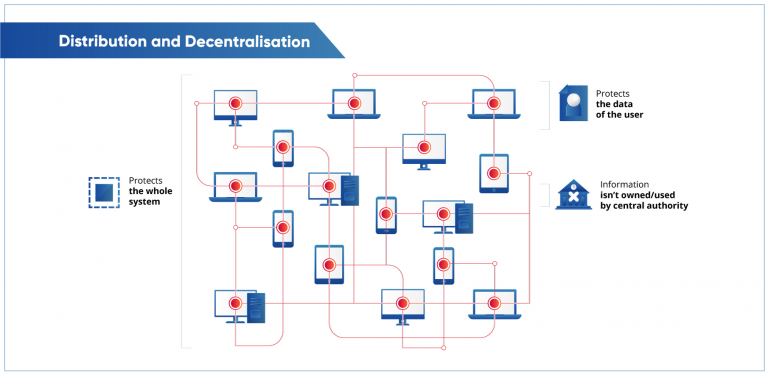
Image by Lisk
Cryptocurrencies are also used to pay users that rent out their hard drive storage. Multiple machines are connected together and all transactions are recorded on-chain.Data in a decentralized storage network is both encrypted and shredded, making it more secure than centralized servers where there is a single point of failure.Decentralized storages also tend to be cheaper compared to popular centralized data cloud storage providers.Storj, Filecoin, and Siacoin are some of the more famous decentralized storage networks in the industry.4 – dApps and Smart Contracts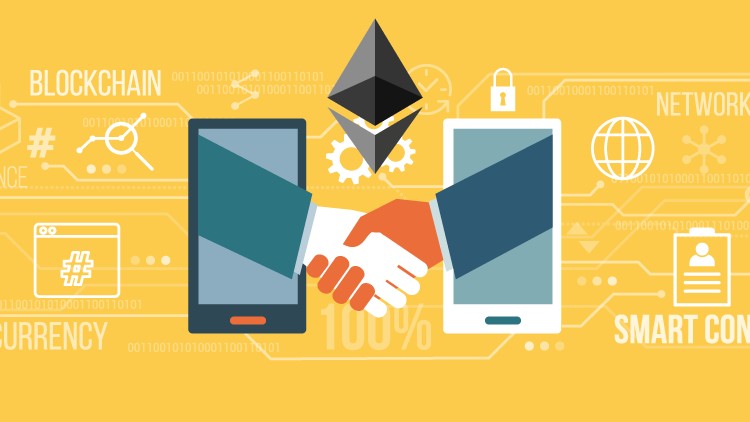
Image by Udemy
Around 2014, crypto developers found out that you can actually build computing and autonomous contract layers on top of blockchains.This paved the way for dApps, distributed computing, and smart contracts.DApps are apps run on a decentralized computing network, while smart contracts are self-executing contracts that need no third parties to confirm fulfillment.Ethereum is the most famous dApp platform and Ether is its cryptocurrency. It branched out from the original Ethereum Classic, which is still active. Ether a cryptocurrency that is also used to buy computing services within the Ethereum platform.Other dApp platforms are NEO, NEM, EOS, Cardano, Zilliqa, Aeternity, Lisk, and district0x.5 – Decentralized Supercomputers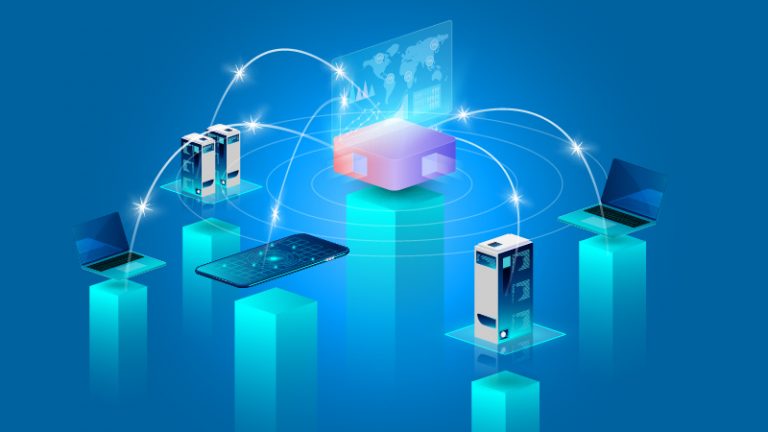
Image by Skalex
Crypto technology also opens the way for a decentralized supercomputer network. A decentralized supercomputer is basically a network of hundreds or even thousands of PCs, laptops, and servers.Conventional supercomputers are very expensive, accessible only to very wealthy or well-connected personalities. However, they are still centralized, exposing a single point of failure.A decentralized structure give supercomputers defense against this problem.Golem is the most well-known decentralized supercomputer platform that allows members of the network to rent out their computing power. Another example is Sonm, which focuses on fog computing.6 – Decentralized Notary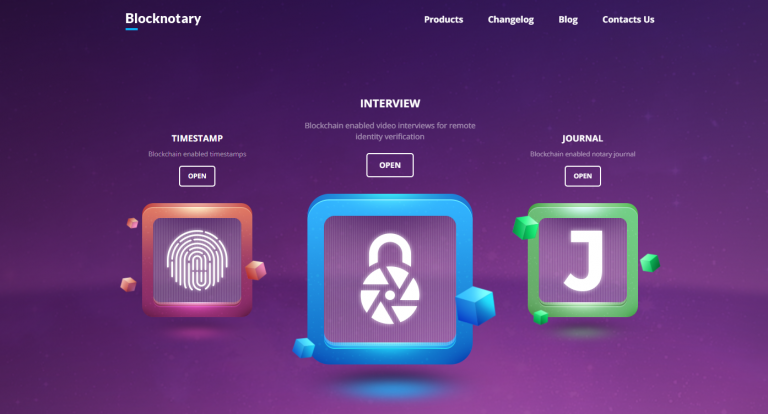 Decentralized notary is made possible by the timestamp feature and distributed data records blockchain networks employ.The whole network validates a piece of encrypted date called hash at a particular time. This is very useful int he court of law.Proof of Existence allows users to upload a filed and pay a fee to have a cryptographic proof. The actual data will not be stored online, removing the risk of unwanted publication.Factom, DNote, and SilentNotary are working on technologies that do exactly this.7 – Internet of Things
Decentralized notary is made possible by the timestamp feature and distributed data records blockchain networks employ.The whole network validates a piece of encrypted date called hash at a particular time. This is very useful int he court of law.Proof of Existence allows users to upload a filed and pay a fee to have a cryptographic proof. The actual data will not be stored online, removing the risk of unwanted publication.Factom, DNote, and SilentNotary are working on technologies that do exactly this.7 – Internet of Things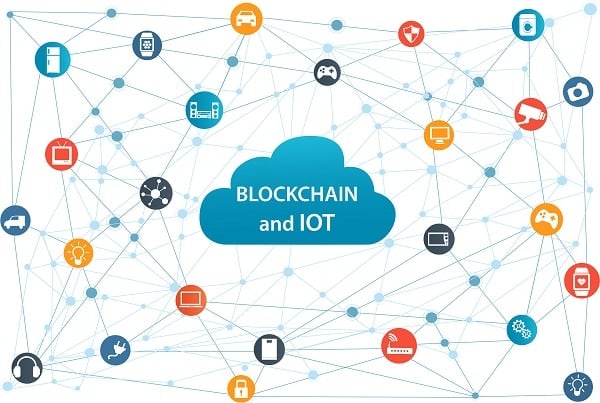
Image by Pentoz
Integrating blockchain into IoT devices enhance IoT system security and transparency. IoT with blockchain tech will improve data security, data validation, and data anonymization.Blockchain IoT are expected to be applied in the smart homes, smart cities, sharing economy, healthcare, and agriculture.IOTA, IoTeX, IoT Chain, and Waltonchain are known IoT cryptocurrencies.8 – Digital Identity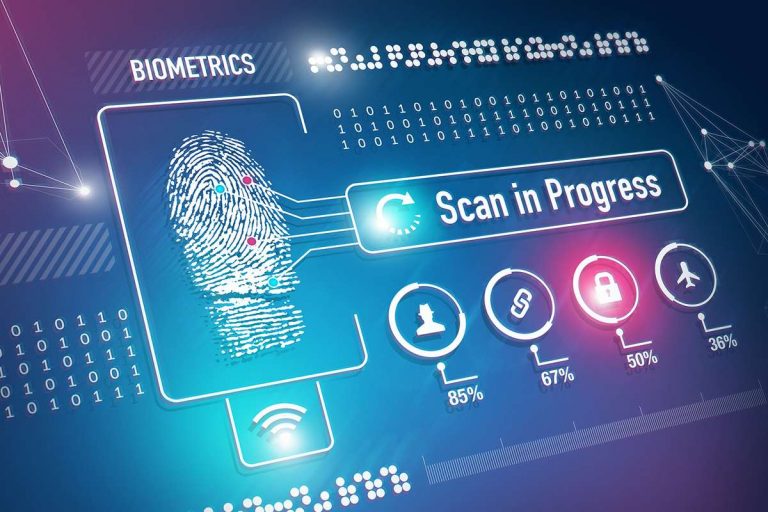
Image by Mobile Payment Conference
Encryption of data into cryptographic keys enables the creation of digital ownership rights.Blockchain operates without the need to reveal personal information or receive permission based on account credentials.Digital identity services encompass the following:– Identity verification – Non-custodial login solutions – Secure identities in decentralized web – – Self-sovereign identity – Stronger critical infrastructure protection – IoT security – Decentralized user data storageThe most popular platforms for digital identity are Civic, THEKEY, and Metadium.9 – Tokenization of Assets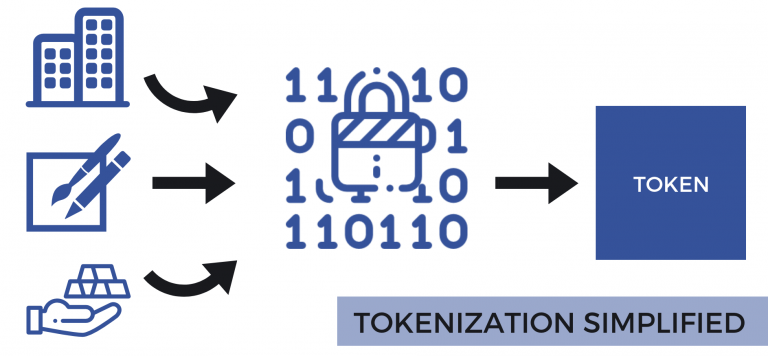
Image by Software Mill
Traditional assets, especially tangible ones, cannot be recorded on the blockchain unless they are tokenized.However, when they are tokenized, trading of asset tokens makes asset investment, easier, faster, and cheaper due to the elimination of middlemen and minimum transaction amounts. Tokenization is envisioned to increase liquidity, security, automation, and availability of asset trading.Real estate, art, commodities, bonds, equities, you can tokenize all of them.Securitize, Polymath, and Harbor are some of the more popular asset tokenization platforms.10 – Supply Chain Management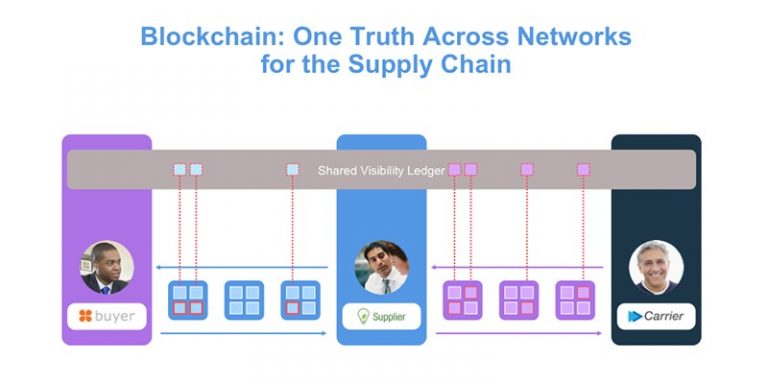
Image by Hackernoon
Blockchain is envisioned to remedy supply chain problems like product authenticity issues and lack of transparency via digitization of assets.By creating a digital form for assets, you can tag products and assign unique identities to them. These data will be placed on a transparent and immutable blockchain. These important data consists of product state, time, and location.Products will be more accurately tracked along different stages and locations in the supply chain to the point that you will even know if it belongs created by the right manufacturer or not. Even the transactions for the exchange of goods can even be included in the blockchain.VeChain, WaBi, and Origin Trail are some of the more famous supply chain blockchain/crypto projects in the industry.